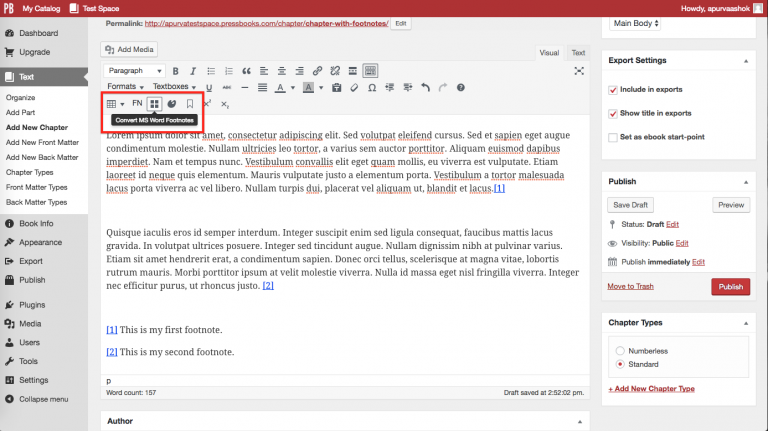

It is possible to manually edit the text in the Field Code. Along with changing the file path and cell address, it is also possible to change the “switches”. The switches are the pieces of text at the end which all have “\” followed by a letter or letters. You can view the code behind the Field Code by pressing Ctrl+F9 to view all Field Codes, or Shift+F9 to display just the selected Field Code. The screenshot below shows an example of a Field Code. One of the key differences to PowerPoint is the existence of Field Codes. This is the method by which Word inserts linked documents and other dynamic options. Within Word, when selected, any linked text will highlight grey (unless the settings in Word have been changed). See the screenshot below. Notice the number of paste options available to you. I especially like Unformatted Text, as it can be used to add variable information to a standard sentence.


Finally, click OK to paste the Excel content into the Word document with your selected options. Simply copy a range from Excel. Then, in Word click Home -> Paste (small arrow). There are various options, as default we can click the icons for Paste Link and keep formatting or Paste Link and merge formatting.īut, if we click Paste Special… it provides even more options. Click Paste link and then select the paste type. Plus, it lets you define how you want cutting and pasting to work most of the time (click Set Default Paste under the icons)–including getting rid of the Paste Options button if it still seems like a pesky fly.The process of linking an Excel workbook to a Word document is straightforward. Word gives you other options for copying and pasting things such as bulleted or numbered lists, or hyperlinks. Merge Formatting: Keeps the formatting of the text you copied without changing the formatting of the destination document, e.g., if you cut and paste a sentence from another document that had a different font type or size.Kept Text Only: Discards both the text formatting AND the non-text elements you copied, such as pictures or table, and then matches the formatting where you pasted the text.Use Destination Styles: Matches the formatting where you pasted your text.Keep Source Formatting: Keeps the formatting of the text you copied.Roll your mouse over the icons and you can see how your pasted text will look before you click.

The options you’ll see depend on where you’re cutting and pasting from and to, e.g., from within or between documents. Using the Paste Options buttonĬlick the down-arrow on the Paste Options button and you’ll see a menu with icons that lets you format copied text in different ways. Put your best words forward with an Office 365 subscription.


 0 kommentar(er)
0 kommentar(er)
